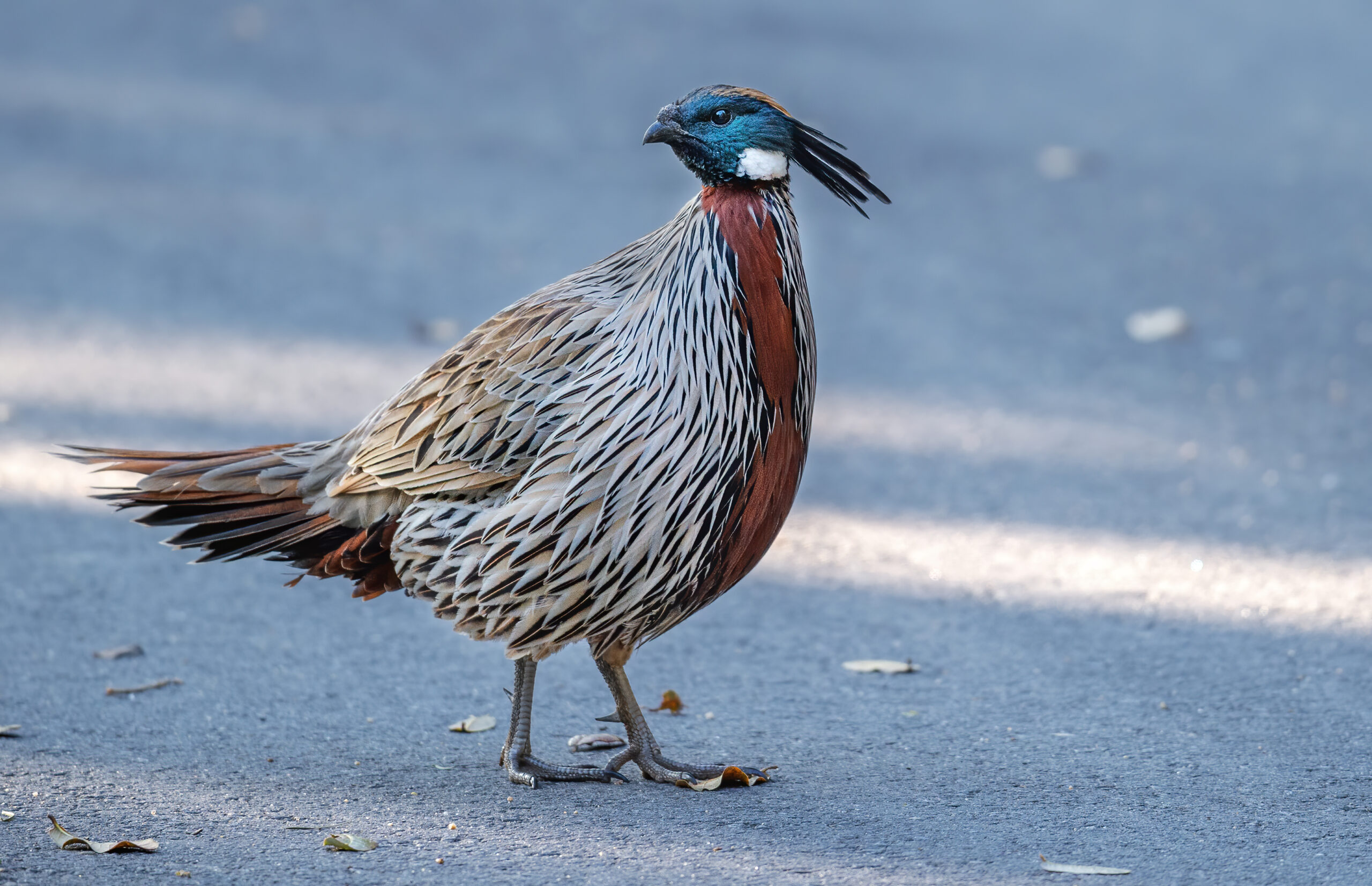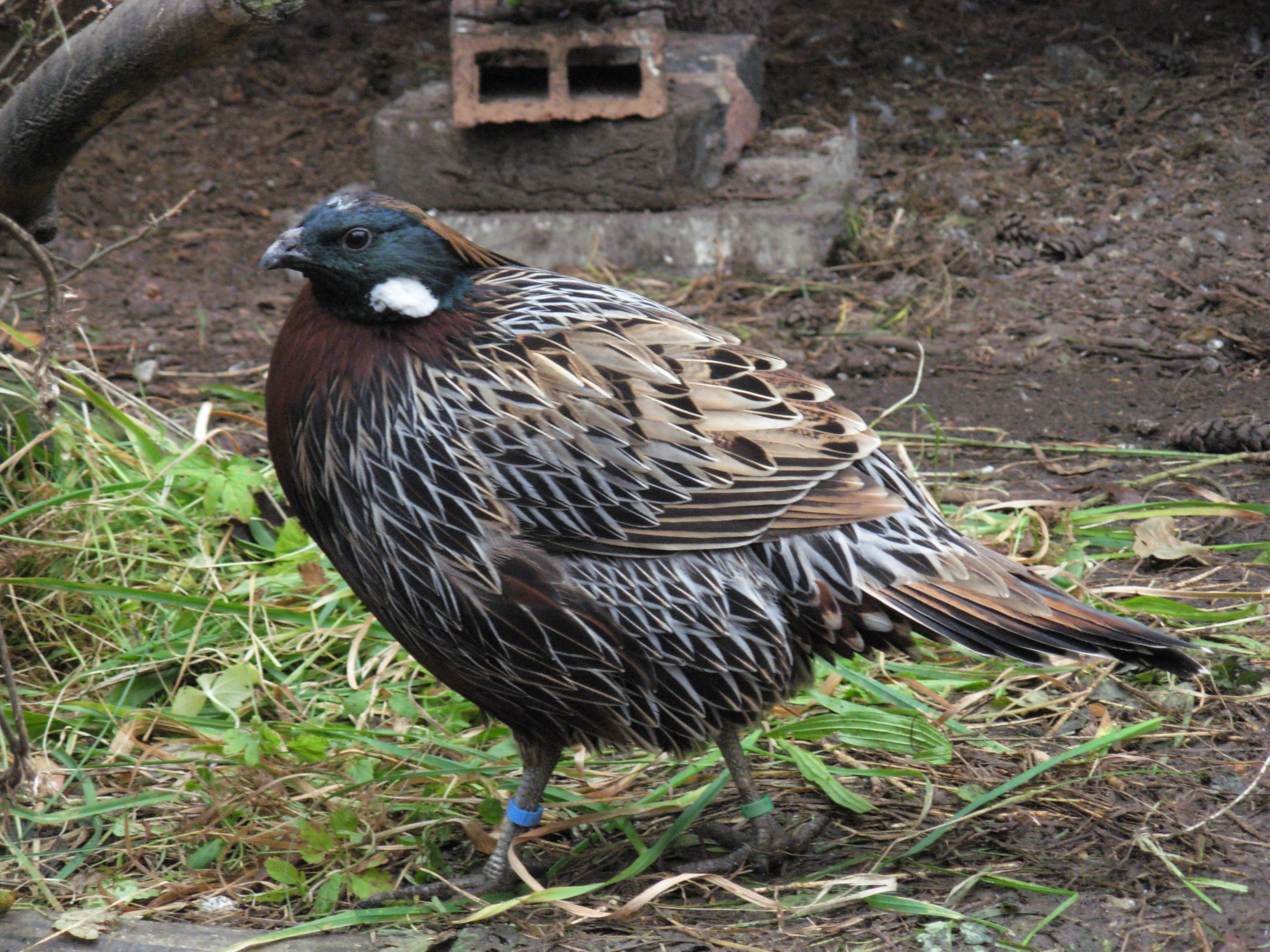The Koklass Pheasant: A Jewel Of The Himalayas
Share
The Koklass Pheasant, scientifically known as Pucrasia macrolopha and specifically the subspecies biddulphi, is a captivating bird that inhabits the rugged terrains of Northern Kashmir and extends eastward to Ladakh. This article delves into the taxonomy, physical characteristics, habitat, diet, behavior, reproduction, and conservation status of this remarkable species, providing birdwatchers and nature enthusiasts with insights into its life and ecology.

Taxonomy
The Koklass Pheasant belongs to the order Galliformes, family Phasianidae, suborder Galli, and subfamily Phasianinae. The species was first described by Marshall in 1879, and its type specimen was recorded in Kashmir. The scientific classification is as follows:
- Order: Galliformes
- Family: Phasianidae
- Suborder: Galli
- Subfamily: Phasianinae
- Species: Pucrasia macrolopha
- Subspecies: biddulphi
Physical Characteristics
The Koklass Pheasant is a medium-sized bird, characterized by its striking plumage. Males are particularly notable for their vibrant colors, which include a mix of deep browns, blacks, and iridescent greens. They possess a distinctive crest and long tail feathers that add to their elegance. Females, while less colorful, exhibit a more subdued palette that aids in camouflage.

Habitat
Koklass Pheasants thrive in the mountainous regions of Northern Kashmir and Ladakh, favoring dense underbrush and forested areas. They are often found at elevations ranging from 2,000 to 4,000 meters, where they inhabit coniferous and mixed forests. The bird's preference for steep, rocky terrains makes it well-adapted to its environment, allowing it to evade predators effectively.

Diet
The diet of the Koklass Pheasant primarily consists of seeds, fruits, and various plant materials. They are also known to forage for insects and small invertebrates, particularly during the breeding season when protein-rich food is essential for reproductive success. Their foraging behavior often involves scratching the ground to uncover hidden food sources.

Behavior
Koklass Pheasants are generally solitary or found in small groups, especially outside the breeding season. They are known for their elusive nature, often relying on their camouflage to avoid detection. When threatened, they prefer to run rather than fly, using their agility to navigate through dense underbrush. Their vocalizations include a series of calls that are used for communication, particularly during the mating season.

Reproduction
The breeding season for Koklass Pheasants typically occurs in spring. Males engage in elaborate courtship displays to attract females, showcasing their vibrant plumage and performing vocalizations. After mating, females build nests on the ground, often hidden among dense vegetation, where they lay a clutch of 4 to 6 eggs. The incubation period lasts about 21 days, after which the chicks are precocial and able to leave the nest shortly after hatching.
Conservation Status
The Koklass Pheasant is currently classified as Least Concern by the IUCN Red List, but habitat loss and hunting pose potential threats to its population. Conservation efforts are essential to ensure the survival of this species, particularly in areas where human encroachment is increasing. Protecting their natural habitats and promoting awareness about their ecological role can help safeguard their future.
Observing the Koklass Pheasant
For birdwatchers eager to observe the Koklass Pheasant, the best time to visit its habitat is during the breeding season, from March to June. Areas in Northern Kashmir and Ladakh, particularly dense forests and mountainous terrains, are ideal locations. Patience and quiet observation are key, as these birds are shy and tend to avoid human presence.
The Koklass Pheasant is not just a beautiful bird; it plays a vital role in its ecosystem by aiding in seed dispersal and contributing to the biodiversity of its habitat. Observing this species in its natural environment is a rewarding experience that highlights the importance of conservation efforts in preserving such unique wildlife.
The Koklass Pheasant, with its stunning appearance and fascinating behaviors, serves as a reminder of the rich biodiversity found in the Himalayas. Protecting this species and its habitat is crucial for maintaining the ecological balance in these mountainous regions, ensuring that future generations can appreciate the beauty of this remarkable bird.